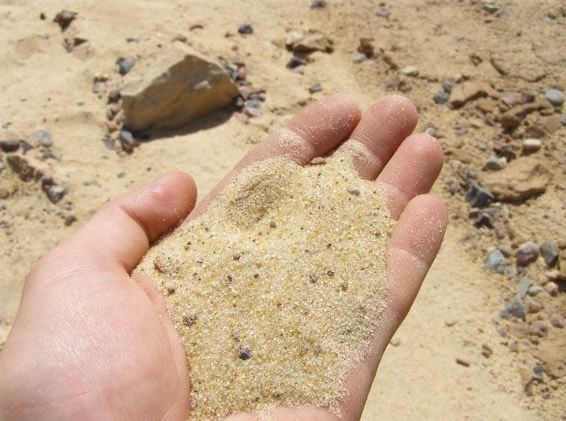Dave Mcgowan Technical Manager Filtration Kadant Solutions Division
It's likely you have solids build-up if you have water or fluid in your process system. Solids build-up can cause trouble in the production process. Having a basic knowledge about particle size measurement, total suspended solids, fluid types, and filtration screen basics is helpful when determining the correct filtration system to implement or when troubleshooting a challenging system.
Particle Size Measurement
Challenges determining particle size in the filtration process of a paper mill are very real. For example, a felt hair, an item commonly found in the papermaking process, has a length significantly longer than the diameter. Agglomerate material that is hard and has a more uniform shape, unlike felt hair, is typically much simpler to remove compared to felt hair or paper fiber. Understanding units of measure and particle size definitions can provide insight into the best way to filter each of these elements.
Within the field of filtration, there are three different units of measure to consider when determining particle size (and screen efficiencies). The most common unit of measure is the micron. The second is inches. The third and the most mysterious is mesh size. Mesh size refers to the number of openings per linear inch of a screen and is less accurate than micron or inches.
Particle size can be defined three ways. The first is suspended solids which is matter with a size greater than one micron. The second most common definition is dissolved solids. A dissolved solid has a micron size less than one. The third definition, colloidal material, is a subset of a dissolved solid and has a measurement between 0.01 and 1 micron.
Total Suspended Solids (TSS)
 TSS refers to the quantity of removable solids in a liquid that can be trapped by a filter. TSS is measured by parts per million (PPM), milligrams per liter (Mg/l), or pounds per 1,000 gallons. Some paper mills refer to nephelometric turbidity unit (NTU) which is the measure of the cloudiness of a liquid, but has no direct correlation to TSS. Typically, paper mills are most concerned with the removable PPM. Anything that can be removed and remain on the filter screen is key.
TSS refers to the quantity of removable solids in a liquid that can be trapped by a filter. TSS is measured by parts per million (PPM), milligrams per liter (Mg/l), or pounds per 1,000 gallons. Some paper mills refer to nephelometric turbidity unit (NTU) which is the measure of the cloudiness of a liquid, but has no direct correlation to TSS. Typically, paper mills are most concerned with the removable PPM. Anything that can be removed and remain on the filter screen is key.
Fluid Types
A variety of water types are found in paper mills including raw or river water which is untreated water from any source and is normally filtered with course screen at mill entry. Fresh or city water has been treated by a municipal or paper mill treatment plant and is typically prefiltered with a sand filter and has less than 50 PPM of suspended solids. Well water is pumped from below the ground with mineral and solid contents that can vary dramatically. White water is removed from the sheet in the papermaking process and is normally from the couch or wire pit and always contains fiber.
Filtration Screens
Filter media ratings are not straight forward. For example, if you buy a 100-micron filter screen it means the screen will filter particles 100 micron or greater, correct? No, this is not the case unless the filter screen is rated absolute. Most screens on the market have a nominal rating. A nominal rating is the weight per unit volume of particle of a given size upstream of a media divided by the weight of the particles of the same size downstream and expressed as a percent. It's important to test the screen for your application.
Two different screen classifications apply to filter types: depth filter and surface filter. In a depth filter, the fluid takes a longer path through the filter before exiting. Depth filters work by direct interception of particles and absorption. Typically, this filter has a larger holding capacity and a higher initial resistance to flow.
A surface filter captures particles larger than the pore size of the media. Dirt is trapped on the upstream side of the screen with the holding capacity limited by the number of media pores. Although the surface filter requires more frequent regeneration, the filter is easy to clean relative to a depth filter. When seeking to extend the time between cleaning or back-flushing a surface filter, take into consideration the difference between the open area and the surface area. The amount of time before a filter needs to be cleaned or back-flushed is directly influenced by the open area of the screen.
For more information about liquid filtration watch the webinar, Fluid Filtration 101 – How Can You Optimize Your Process?
Dave Mcgowan Technical Manager Filtration Kadant Solutions Division
Source: https://kadant.com/en/blog/water-management/fluid-filtration-basics
0 Response to "Dave Mcgowan Technical Manager Filtration Kadant Solutions Division"
Post a Comment